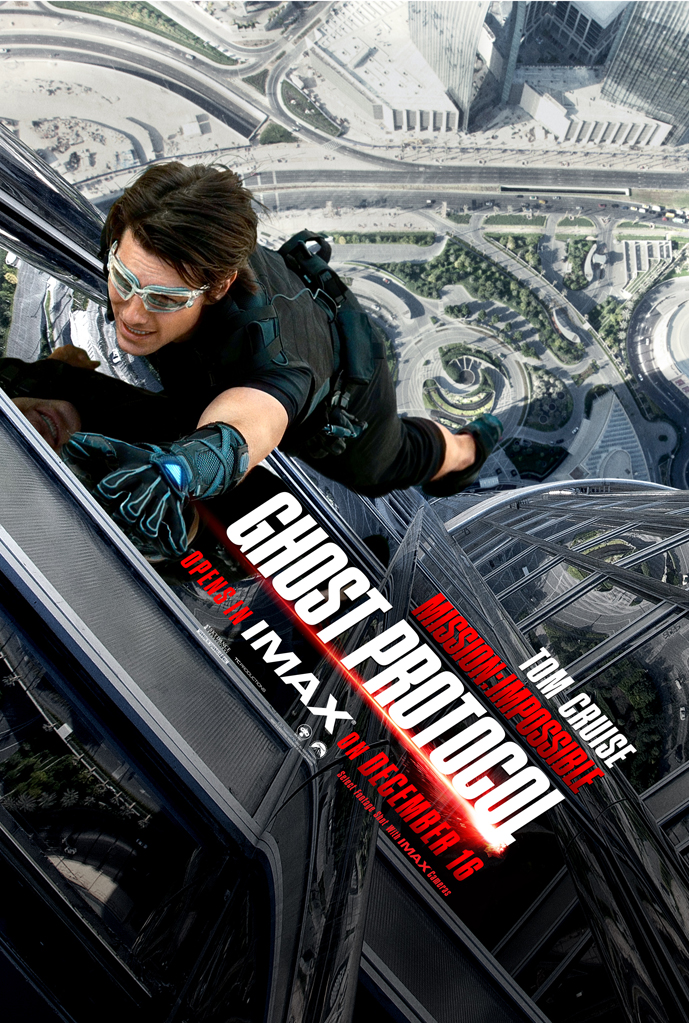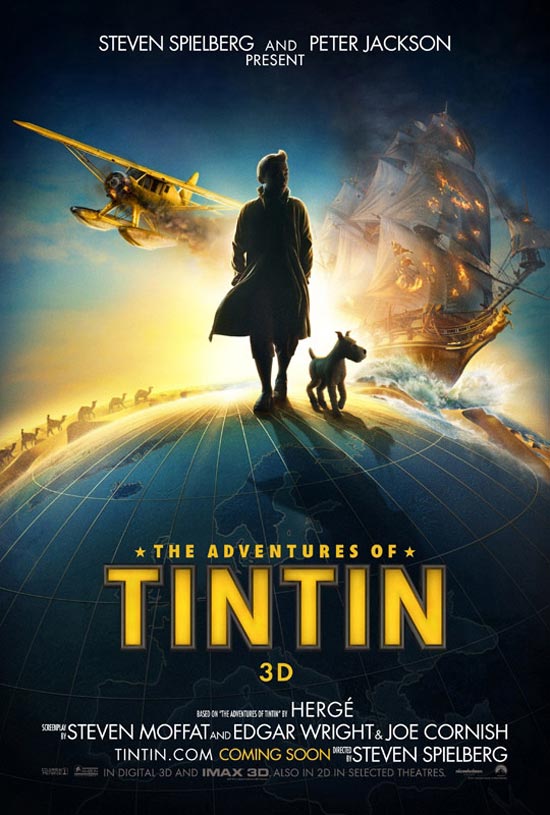The fourth film in a series is usually the one that signals a series as over-extended (Scary Movie 4, Jaws: The Revenge, Pirates of the Caribbean: On Stranger Tides, Alien: Resurrection, Shrek Forever After, Superman IV: The Quest For Peace), and even when the films are reasonably good they are always outside the “core trilogy” that the original fans will protect forever (Indiana Jones and the Kingdom of the Crystal Skull, Live Free or Die Hard, Terminator Salvation, and the Star Wars prequels).
The Mission: Impossible series is now an exception to the rule. M:I 3 is still the best in the series, but the newest entry has come very close to its quality. Director Brad Bird (The Incredibles) had never made a live-action film before, but the deft balance of SFX and cinematography in Ghost Protocol proves he is a top-of-the-line director. With producers Tom Cruise and J.J. Abrams the film is clearly a part of the same series, but the way Bird allows comedy and suspense to bounce off each other is a major boost to an action series that could have been trounced by Sherlock Holmes.
Tom Cruise is still at center stage, which might count against the film depending on your personal views, but more than previous films in the series Ghost Protocol feels like an ensemble. Simon Pegg gets many of the best moments, but Jeremy Renner and Paula Patton both hold their own with more character development than supporting action parts usually get. And Michael Nyqvist (from the original Girl With The Dragon Tattoo) is an effective but under-used villain who only gets to show off in the last half hour of the film.
The actual plot is as large as one of the more ridiculous Bond films, but the speed and constant movement distracts from making logical criticisms. Essentially, like the most ridiculous Bond films, if the audience is having fun it doesn’t matter if it makes any sense. Fun is what this movie has in spades, and even though the film drags in the final scene, Ghost Protocol is one of the best big-action popcorn flicks since Star Trek.







